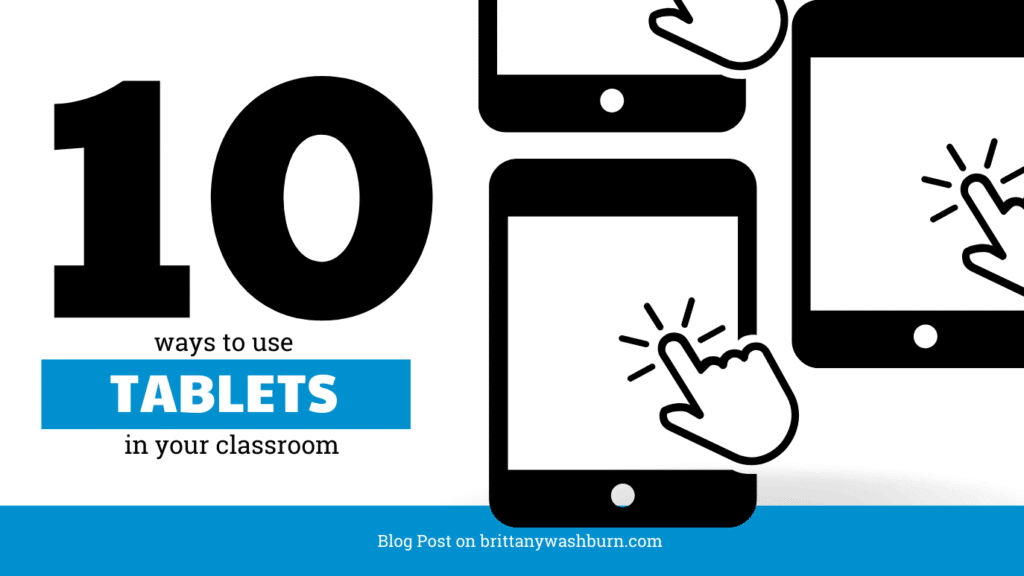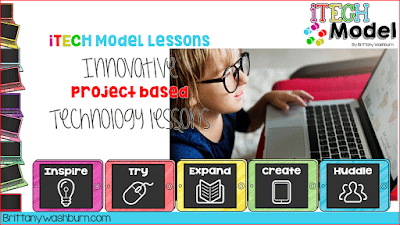The Benefits of Active Learning with Technology in Elementary Education
Active learning, a pedagogical approach that emphasizes student engagement and participation, is being revolutionized through the use of interactive technologies. We’ll explore the benefits of combining active learning principles with technology in elementary education settings. By combining hands-on experiences with tech tools, students are engaging with their learning like never before.
What is Active Learning?
Active learning in elementary education is all about getting kids off their seats and actively involved in the learning process. It’s not just about absorbing information passively but rather actually doing, creating, and exploring.
This chart explains how active learning looks implemented at various levels:

Clearly, student engagement is a critical component of active learning too. Technology not only provides tools to complete active learning, it is also a tried-and-true attention grabber.
How Active Learning Can Help Your Students
One of the key benefits of active learning with technology in elementary education is the ability to support differentiated instruction. Using educational software that offers personalized learning paths, adaptive quizzes, and interactive tutorials, teachers can cater to each student’s unique learning style and pace, ensuring that every student receives the support they need to succeed. Technology allows teachers to adapt content and pace according to the diverse needs of students.
Active learning with technology in elementary education can also greatly enhance critical thinking skills. Engaging students in interactive activities such as digital simulations, online experiments, and educational games, challenges students to think critically, analyze information, and make informed decisions. These hands-on experiences not only make learning more enjoyable but also foster a deeper understanding of complex concepts.
Promoting Active Learning with Technology
Learning Analytics Tools
In tech-infused active learning environments, digital data collection and analysis play a crucial role in assessing learning outcomes. Using learning analytics tools, teachers can gather data on student performance, engagement levels, and learning preferences in real-time. This valuable data allows teachers to provide timely feedback, identify areas for improvement, and adjust instructional strategies to better meet the needs of their students. LMS software such as Canvas and Blackboard provide a centralized location for teachers to manage their courses, while adaptive learning platforms like Prodigy, DreamBox and Smart Sparrow adjust to your students needs automatically.
Interactive Tools & Activities
You can also Promote Active Learning with Interactive Video Tools. Some popular interactive video tools that teachers can use in their classrooms include Edpuzzle, Kaltura, PlayPosit, and ThingLink. These tools offer a variety of features that enable learners to interact with video content, such as adding questions, comments, or annotations, or customizing the video to meet their individual learning needs.
Interactive digital activities are an excellent way to engage elementary school students in the learning process. These activities offer a range of benefits such as increased attentiveness, critical thinking skills, and collaboration with peers. This guide on How to Create Interactive Digital Activities for Elementary Students can tell you everything you need to know about where to find some good activities as well as how to make your own.
Simulations & Virtual Reality
Virtual reality can make history come alive and field trips a much more regular occurrence.
Online experiments and data logger tools help students get hands-on science experiences through the use of technology. Physical and monetary limitations don’t need to curb your students ability to be actively involved in their learning in the lab.
Digital simulations have some exciting capabilities that promise to have them providing even more educational possibilities in he future.
Games
Game-based learning elements, such as points, rewards, and badges, help to enhance engagement, motivation, student participation and focus. No matter what you teach, there are subject-specific technology resources out there to support you. Check out our blog posts Free Online Games that help make Reading Fun or 14 Free Online Games to Reinforce Elementary Math Skills or Engaging Websites for Teaching STEM Concepts to Young Learners to get your classroom started.
Conclusion
The incorporation of active learning with technology in elementary education holds tremendous potential for transforming traditional teaching practices and enhancing student outcomes. By harnessing the power of interactive technologies to personalize learning, encourage collaboration, and develop critical thinking skills, educators can create engaging and effective learning experiences for all students. As we continue to embrace the opportunities that technology offers in the classroom, we pave the way for a brighter future where elementary students are empowered to learn, grow, and succeed.
Using Screen Recording to Create Quick Tutorials or Instructions for Students
Screen recording has emerged as a powerful tool, offering educators a dynamic way to create…
Top 8 Apps and Programs for Streamlining Classroom Management and Assessment
The integration of technology has become the underpinning which supports teachers as they manage their…
Step-by-Step Guide to Customizing Editable PowerPoint and Google Slides Files for Teachers
Creating engaging presentations is an important skill for educators. Whether you’re teaching a lesson, presenting…
How to Access and Use Free Teaching Resources on Google Workspace
Google Workspace offers a wide array of free teaching resources to enhance the learning experience…
10 Ways to Use Tablets in the Elementary Classroom
Tablets are versatile tools that hold great potential for supporting learning in the elementary classroom…
Creating Visuals and Simple Graphics with Canva for Education
Visual communication plays a crucial role in education, both engaging students and enhancing learning experiences….












